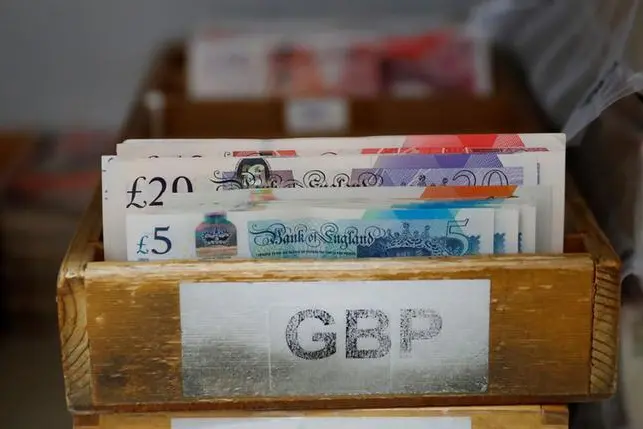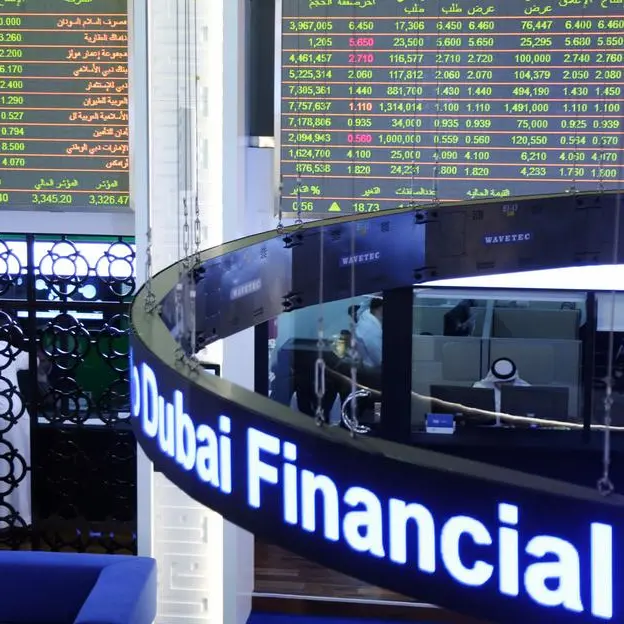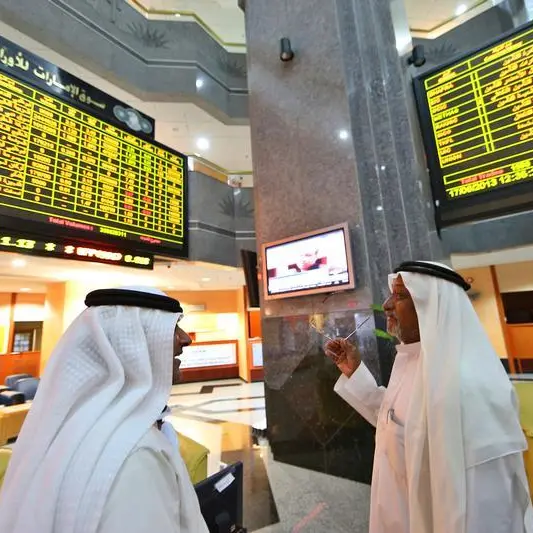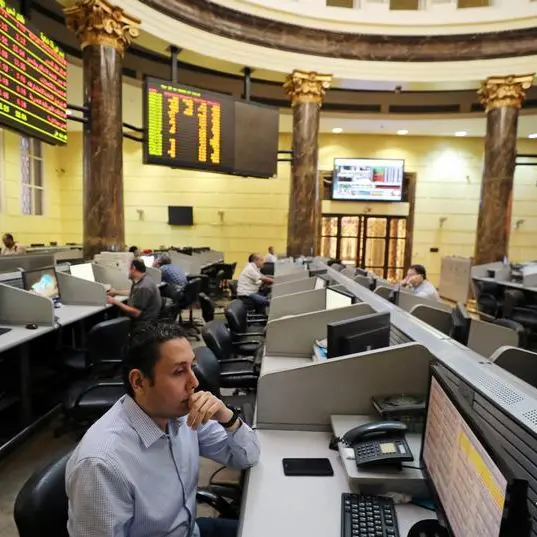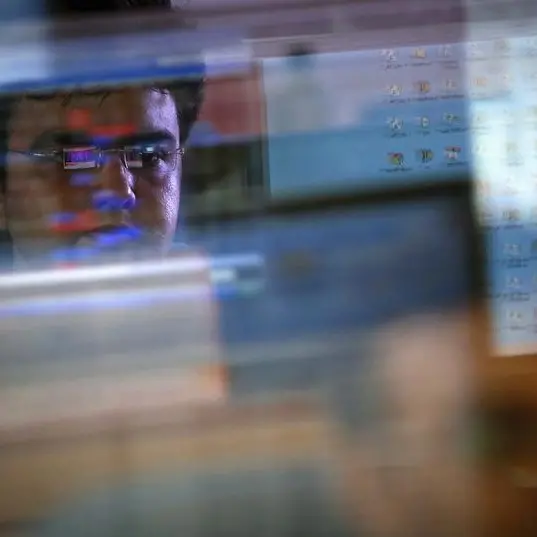PHOTO
LONDON - Sterling steadied on Friday, having touched a two-month low against the dollar in early London trading, and was set for its biggest weekly drop against the euro so far this year, hurt by profit-taking after a strong first quarter.
The pound had its best quarter against the euro since 2015 in the first three months of 2021, boosted by the UK's vaccine rollout, one of the fastest in the world, as well as a fading of negative interest rate expectations.
Analysts also attributed its strengthening against the euro to an expectation that economic recovery in Britain would outpace that in the euro zone.
But that trend reversed this week, with sterling falling against the euro on Tuesday, Wednesday and Thursday - a move which market participants said was amplified by a squeeze of euro-pound short positions.
At 1512 GMT, the pound was at 86.565 pence per euro, up around 0.2% on the day. It remained on track for its biggest weekly fall since September 2020, down 1.8%.
Versus the dollar, the pound was little changed at $1.3733, on track for a weekly loss.
Britain has surged ahead of the rest of Europe in the race to vaccinate its population, with almost half of its citizens receiving a first dose.
But supply issues surrounding its main Oxford-AstraZeneca shot have slowed progress in recent days while Germany's inoculation campaign has sped up.
"The selling of sterling may have been connected to buying of euros," Marshall Gittler, head of investment research at BDSwiss, wrote in a note to clients.
"It looks like perhaps people are getting more optimistic about the rollout of a vaccine in the EU and less optimistic about the comparable move in the UK."
But other analysts remained upbeat about the pound's prospects over the next few months.
"I would still stick to the view that...sterling’s still an undervalued currency," said Dean Turner, chief euro zone and UK economist at UBS Global Wealth Management. "I would expect euro-sterling can go below 0.85 this year."
Similarly, ING wrote in a note to clients that the euro-sterling short squeeze "may have run its course ahead of 0.87" and that they still expect the pair to reach 0.85 later this quarter.
UniCredit strategists told clients that cable weakening towards $1.37 is an opportunity to buy the dips.
(Reporting by Elizabeth Howcroft; Editing by Kirsten Donovan and Mark Heinrich) ((Elizabeth.Howcroft@thomsonreuters.com; +44 02075427104;))
